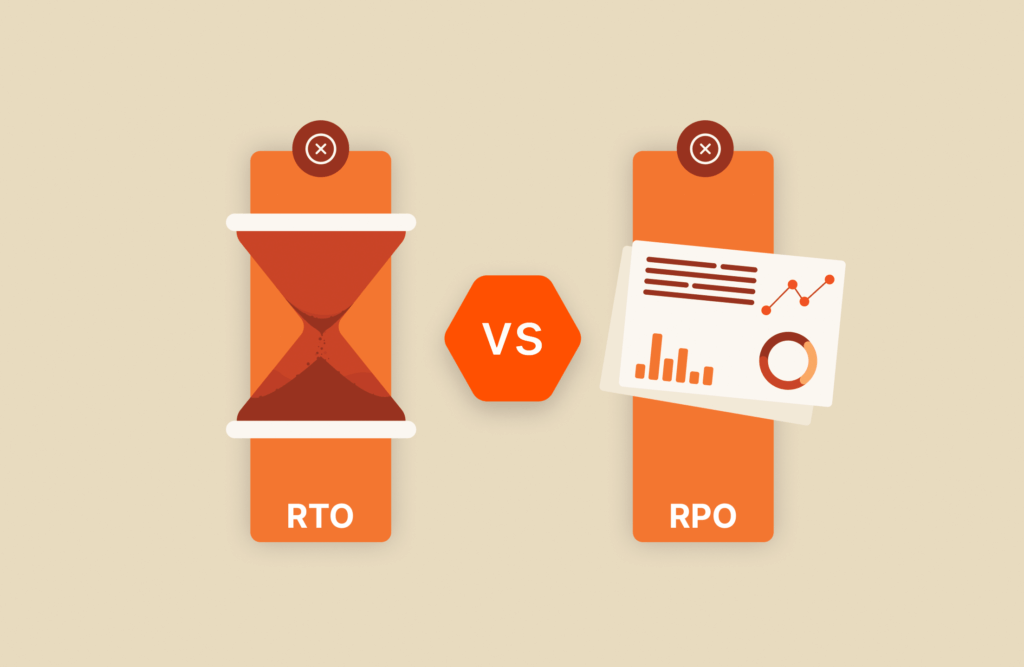Databases power data storage and retrieval. Whether you build a new application or plan to expand on an existing one, you’ll need to choose a database that has the availability, performance, and scalability that you require and does everything you need it to do for your users.
MariaDB and MongoDB are different services. The one you choose will depend on the application’s functionality and business requirements. Here are some differences between the two database engines to help you determine which one is right for your project.
Relational Databases vs. Document-based Databases
Developers familiar with relational databases such as MySQL often view MariaDB as the next step up in enterprise storage. MariaDB is supported by most cloud providers, so it’s usually the choice for developers who want a relational database hosted in the cloud.
MongoDB is a document storage service, which stores data in an unstructured format. It’s also supported in the cloud, so enterprise administrators can offload the necessary resources to a provider. Big data databases are more difficult to set up and configure, and the cloud offers a way for administrators to host them without the need to know exactly how to build infrastructure. If it’s not provisioned and configured correctly, MongoDB can inhibit performance. Hosting in the cloud alleviates some of this overhead.
MariaDB is a relational database. When using a relational database, developers must be able to store each item into specific columns and rows. Columns are given a data type, and the data must not deviate from the assigned type. Tables and data are structured in a relational database. The structure provides a design for developers to query and store data as it’s collected and retrieved.
Document-based databases work much differently than relational databases. Because the data is unstructured, you can’t collect and place items in specific columns. MongoDB is a document-based database that stores unstructured data and doesn’t require items to be stored in columns. Think of a document as a list of items and each document can store a different list of items. A common use for MongoDB is to store web pages, where developers then parse this data and possibly send it to MariaDB or use it for big data analytics using the MongoDB engine.

Applications and Databases
Simplify management, boost performance, and dramatically
cut costs
MongoDB (NoSQL) vs. MariaDB (SQL): Syntax Differences
Every database stores and retrieves data, but MongoDB and MariaDB use different syntax. MariaDB uses the traditional SQL syntax and MongoDB uses NoSQL syntax. The difference in syntax is mainly because of the way data is stored. In MongoDB, data is stored in JSON format. Developers query based on key/value pairs. For MariaDB, data is stored in columns, so developers search for data within specific columns.
Because MariaDB is based on MySQL, the syntax is similar to queries built in MySQL. The following query is an example:
SELECT * FROM order;
The above query gets all columns and records from the order table.
NoSQL in MongoDB has a much different syntax than traditional SQL. With MongoDB, you query documents. These documents are in JSON format, and you don’t have the same key/value pairs throughout all documents. In MariaDB, you can control storage by forcing all records to have the same values for specific columns or require developers to supply a value for a specific column. Unstructured data doesn’t have the same information throughout each document, so you search through documents instead of columns.
The “find” function in MongoDB performs the same action as the SELECT query in MariaDB. The following example performs the same function in querying orders except using NoSQL:
db.order.find({});
Notice that the syntax is different, which is why transitioning between any database engine can be a learning experience for developers. The information returned from a NoSQL query is shown in JSON format for each document instead of a table with columns and rows that you’ll see with a SQL query.
How Much Faster Is MongoDB vs. MariaDB?
Both MongoDB and MariaDB are fast, but it also depends on the way they’re managed and configured. Queries should be optimized for speed, which is usually the responsibility of the developer and the database administrator. A few additional milliseconds may not seem like much when a query runs a few times a day, but they can destroy performance on a site with millions of concurrent users actively interacting with the application. If you find that either database suffers from poor performance, the next best step is to use query analyzers that make suggestions for improving the way they’re coded.
Most people start with a SQL database such as MariaDB because structured databases have been around for decades and are present in most organizations. A step up from SQL is NoSQL, although it takes a higher understanding of statistics and analysis because NoSQL works with large amounts of data, and storage must be optimized for high performance. Without the right developer, a NoSQL database can suffer from performance degradation. Your ability to develop and manage these databases will determine which database is right for you.
MongoDB vs. MariaDB: How Easy Are They to Learn?
For database developers, learning MariaDB won’t take too much time. If you already know MySQL, then MariaDB’s syntax is very similar. It’s usually the first language for a database developer. Most SQL versions are the same across all platforms, with only a few small syntax differences.
The NoSQL syntax is much different from standard, traditional SQL, and the nature of its use requires a higher learning curve. Even developers familiar with traditional SQL need training to learn NoSQL.
Determining Which Database Is Best for Your Application
Because MariaDB and MongoDB function differently, they’re used in specific applications based on what you want to show users on the front end. Using the wrong database can create performance issues and unnecessary overhead for developers. Most developers know SQL, but many of them are unfamiliar with NoSQL, so using MongoDB might require training.
A SQL server such as MariaDB is best used when you know the structure of your data. For example, you likely know the structure of data related to an e-commerce site. Each customer has an order with a list of products, and they provide a mailing address. This is historical data that will not change and is always the same. SQL databases have long powered standard sites and applications.
MongoDB is used for big data when you need to perform analytics on your stored unstructured data. These analytics or artificial intelligence applications can’t run properly with standard SQL databases. Big data is unstructured and can’t be stored in tables, so any of this data requires a database such as MongoDB. For example, social media companies use databases such as MongoDB to collect and analyze content for spam detection and fraud.
You can combine both databases in an environment so that they work for different purposes within one application. They can share data, transfer and synchronize data with each other, and store results from input throughout the application. One similarity is that both databases need a clear design and the right configurations to work accurately and at peak performance to avoid speed degradation. As you choose the database that’s right for you, make sure that it provides the functionality you need and that your developers can set up the environment.![]()




